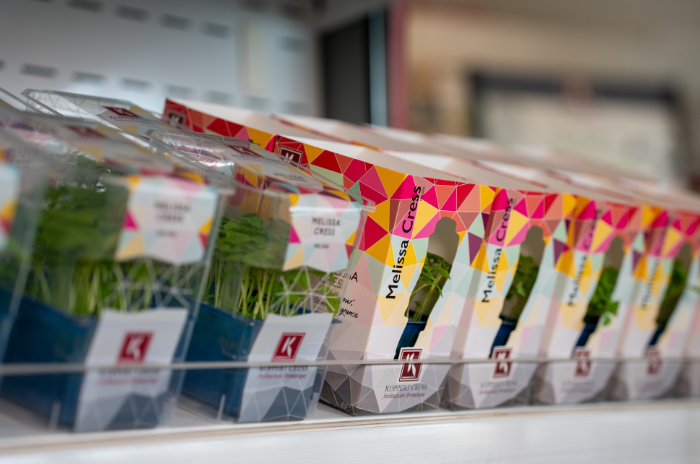eating.the.elephant.nz@gmail.com
It was visit No 47 and mental fatigue was kicking in. We were halfway through the fourth week of visiting top food producers across five countries – the global-experience leg of my Nuffield scholarship.
The journey had been nothing short of extraordinary, a true once-in-a-lifetime experience, but I wasn’t particularly keen on our next visit – to a microgreens farm in the Netherlands that supplied restaurants.
The prospect conjured images of hipsters in a greenhouse, cultivating what appeared to be mere side dishes, contributing to potential food waste. But my assumptions were off. Visit No 47 provided valuable insights into what it takes to build enduring business value, often known as creating an economic moat.
Throughout this four-part series, we’ve explored various models of operation for food producers. Phil Weir took the perspective of the lowest cost producer model catering to the broad commodity market and Dan Eb covered the margin seeker who strives to outpace competition.
The third model, that of the moat builder, involves constructing enduring value through safeguarding market share and long-term profitability.
From my perspective, Koppert Cress, the microgreens company we were visiting, exemplified this moat-building approach.
As producers of New Zealand’s grass-fed lamb and beef, we often receive advice to reshape our storytelling to catch lasting premiums. While this advice holds a certain truth, storytelling can only do so much. Our visit to Koppert Cress left me with three actionable lessons in moat building.
Firstly, lasting value emerges from scarcity. It’s easy to charge more when you offer unique products to niche audiences. This exclusive approach contrasts with the fiercely competitive world of commodity markets in which many of us operate.
Koppert Cress illustrates this by sourcing and cultivating unique microgreens, such as a red-leafed plant bursting with beetroot flavor or an intriguing edible flower coated in natural-looking crystals and packed with an after taste that numbs the palate.
This uniqueness has innovative chefs navigating a conventional supply chain to access their product.
Secondly, lasting value often hinges on intangible factors. Many food producers focus on raw production metrics – kilograms of beef, litres of milk – and ignore the importance of intangible assets like relationships.
Koppert Cress builds genuine connections with chefs by inviting them to an on-site testing kitchen, fostering collaboration and experimentation.
Lastly, innovation must be a continuous endeavour. The core of building enduring value is the willingness to invest resources and time in pursuing early-stage ideas, knowing that they may not yield results for a decade, or maybe ever.
Koppert Cress’s journey began over 30 years ago with a basic innovation – delivering microgreens promptly to chefs, a service no one had offered before.
This culture of innovation continues, with the commercialisation of one new microgreen annually, a semi-automated greenhouse, establishing a geothermal energy project and using drones to control moths. The scale of these projects is very different from the original innovation of prompt delivery, yet their philosophy remains the same – to stay a decade ahead of competitors without risking the house.
A misconception often held by NZ’s food and fibre producers is that a moat surrounds all products originating from New Zealand Inc – a moat that will bring additional value to all producers. Reality opposes this idea. Many of our raw materials are supplied to highly competitive markets that are extremely sensitive to price. We are not a single-market entity, and our product range is too diverse.
As food producers, we are presented with three choices: accept the status quo and be content with a marginal return on capital; collaborate with companies striving to establish lasting value and accept a modest share of the success; or embark on a 10-plus year journey to create enduring value ourselves.
Personally, the lessons learnt from visit No 47 have helped reframe where we should focus our efforts on our farm, and when we can expect to see a return from these actions. It will be at least five years before we see any return from our current investments in functional trees, improved genetics and partnerships producing beef with a low environmental footprint.
Long-term value will come from how well we can build relationships across the supply chain and with our end consumer.
In the short term, we are grateful for NZ’s developed commodity market that we can access while we continue our quest to add lasting value. Our industry was built by those before us taking significant risks. We must celebrate the success stories of those currently taking risks required to build lasting value, from which we all gain.










